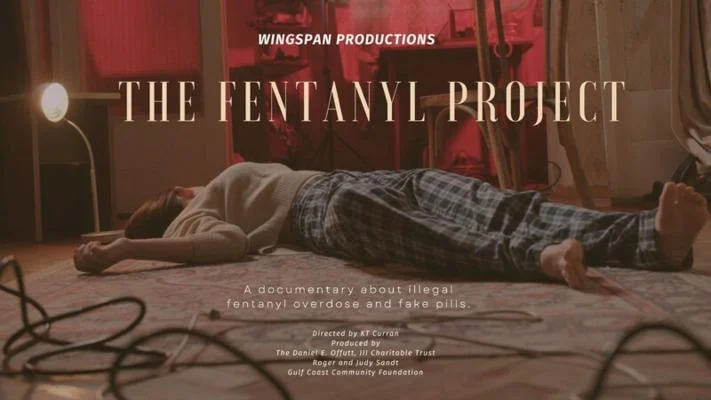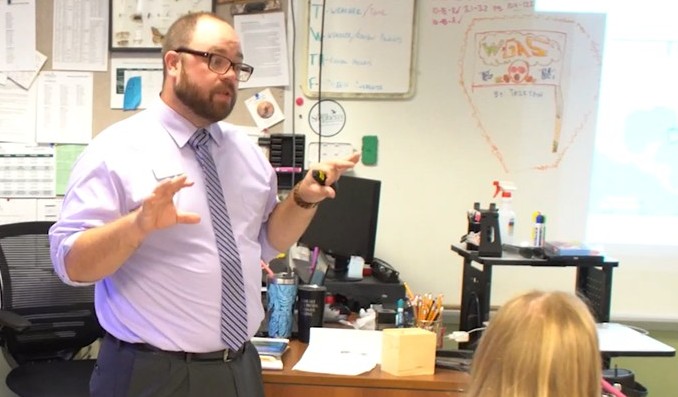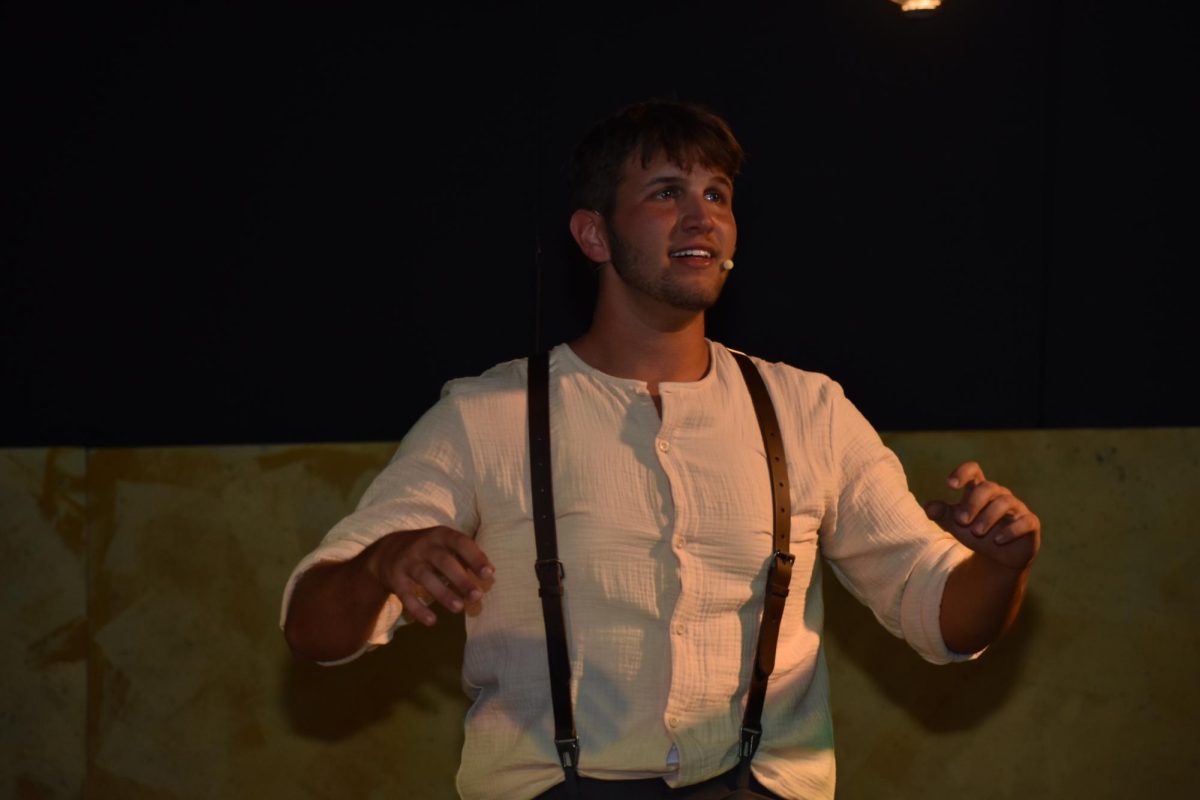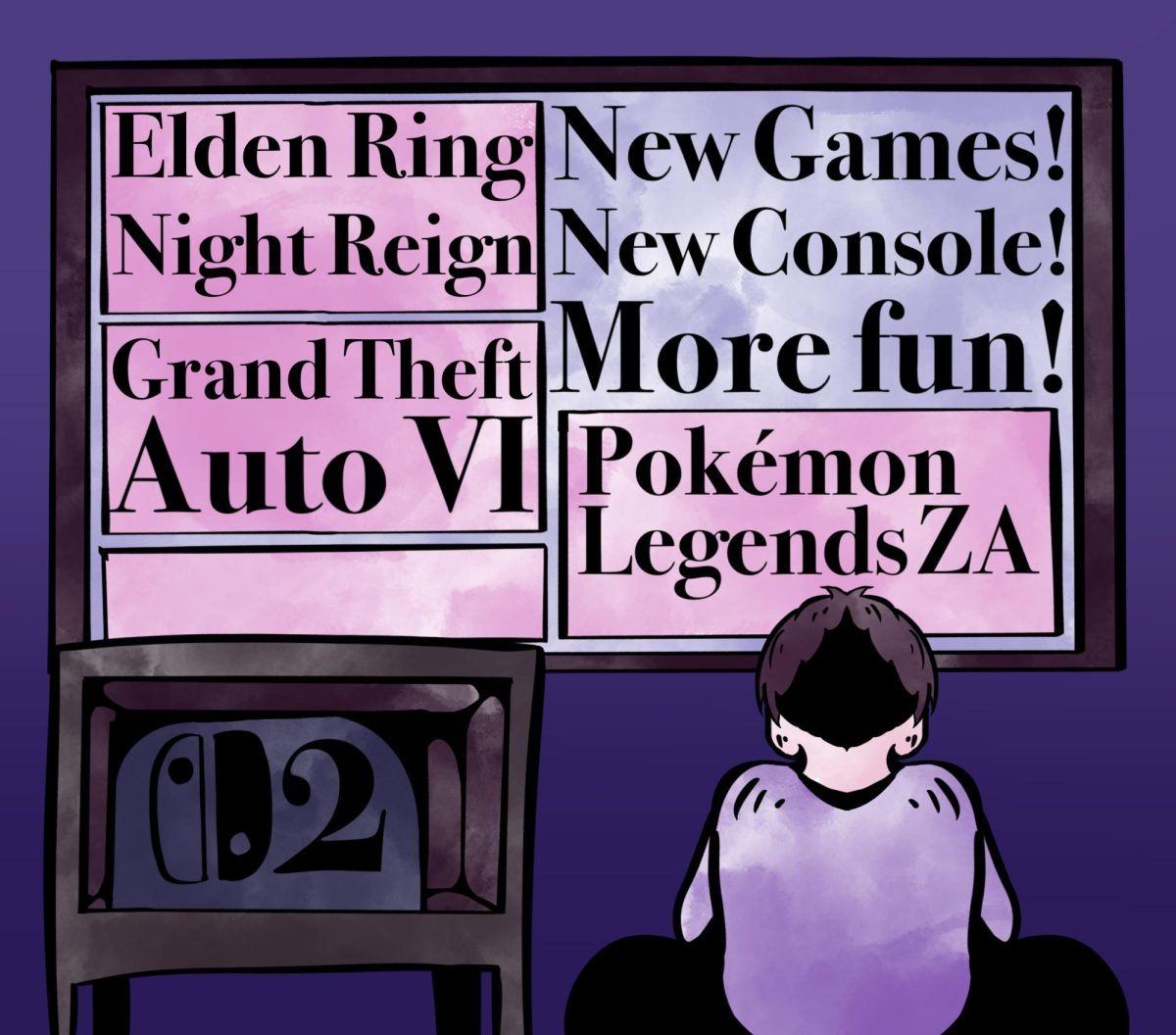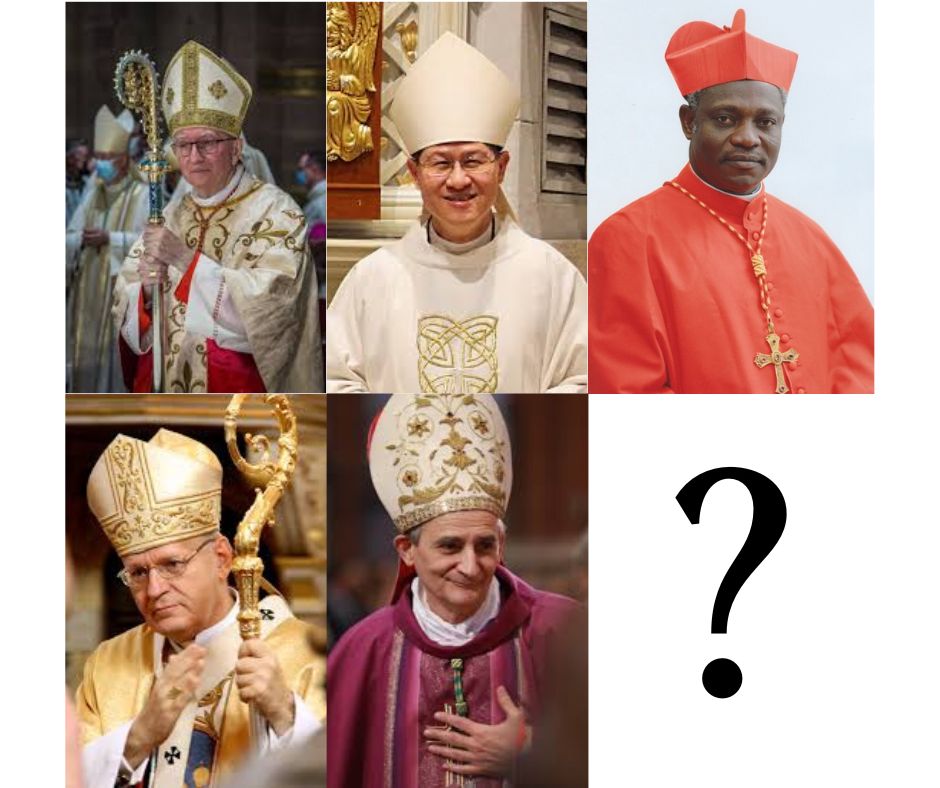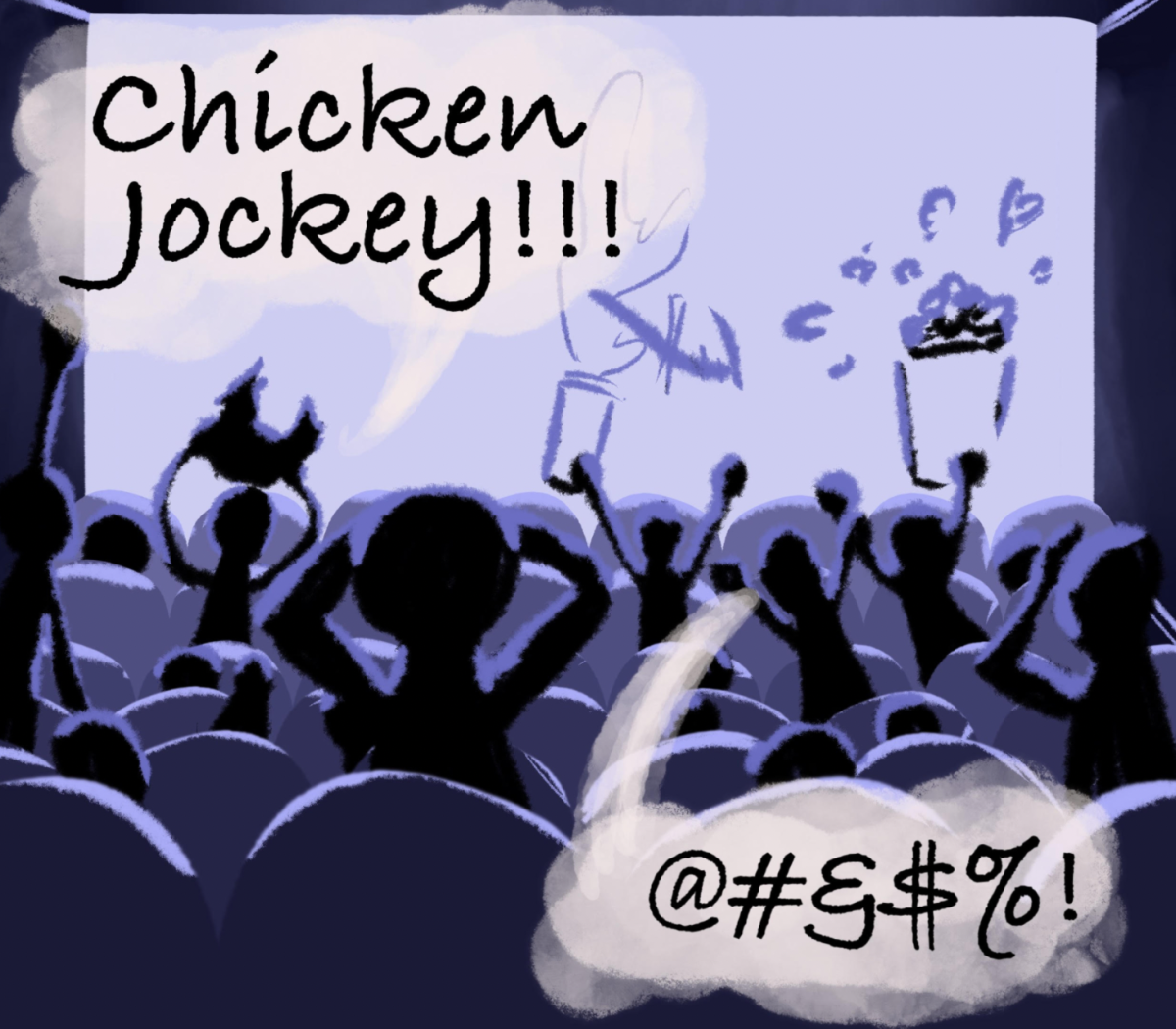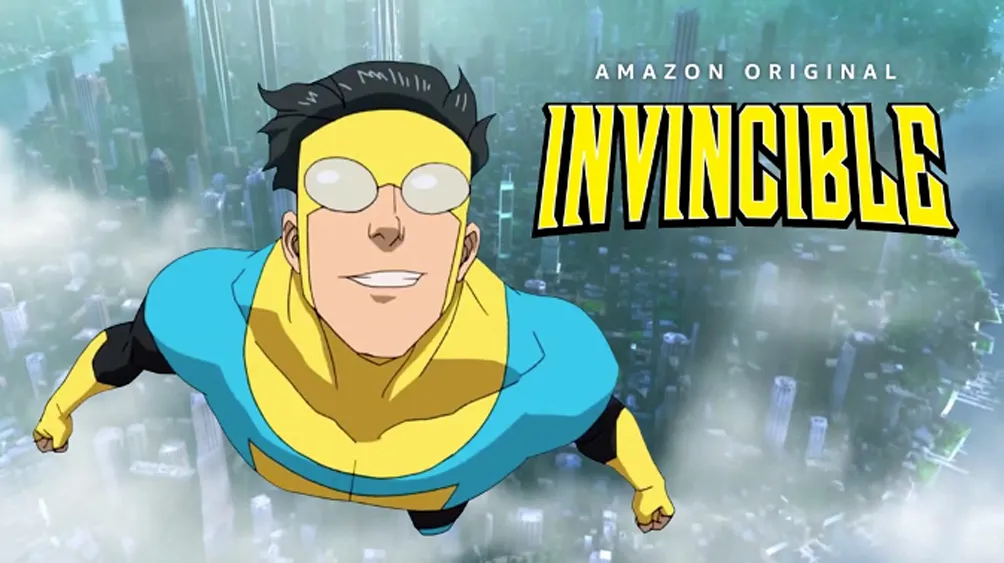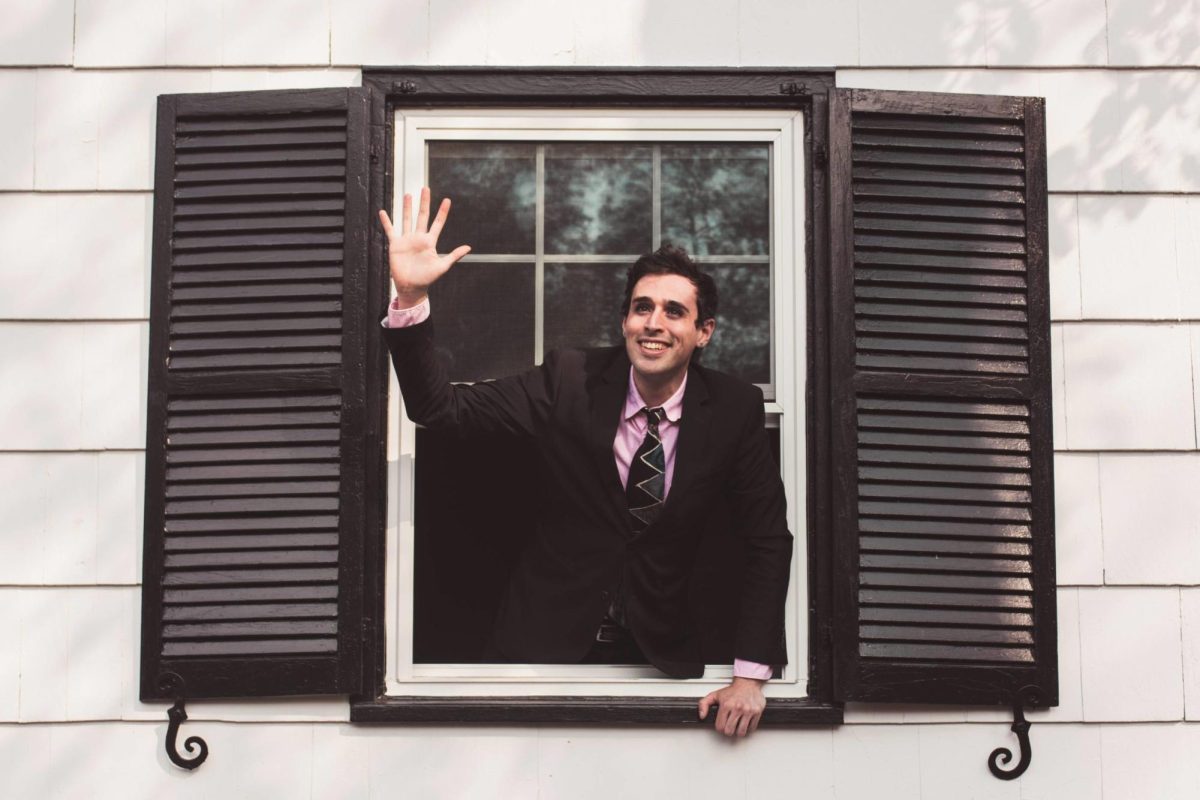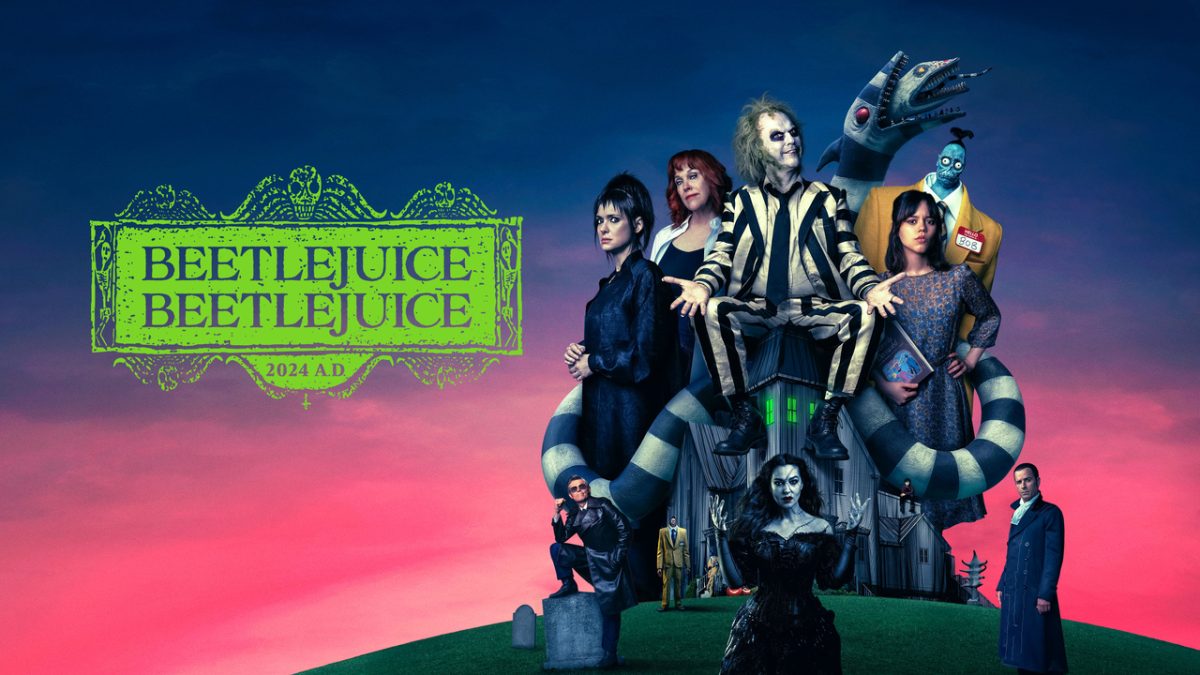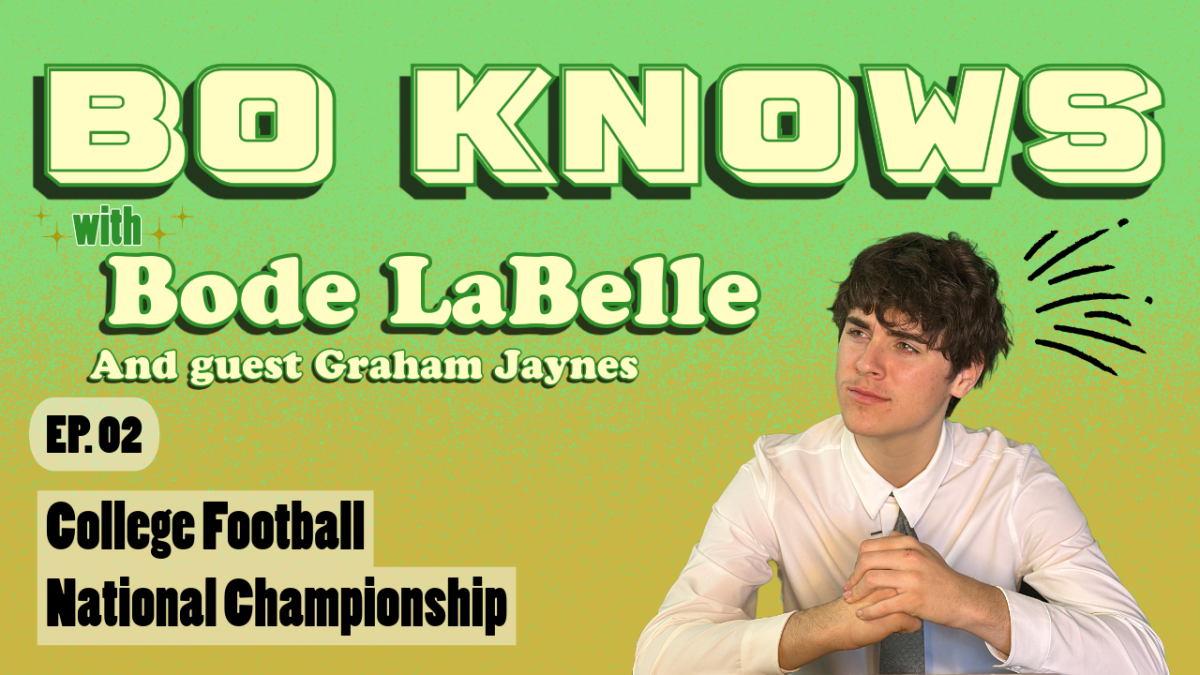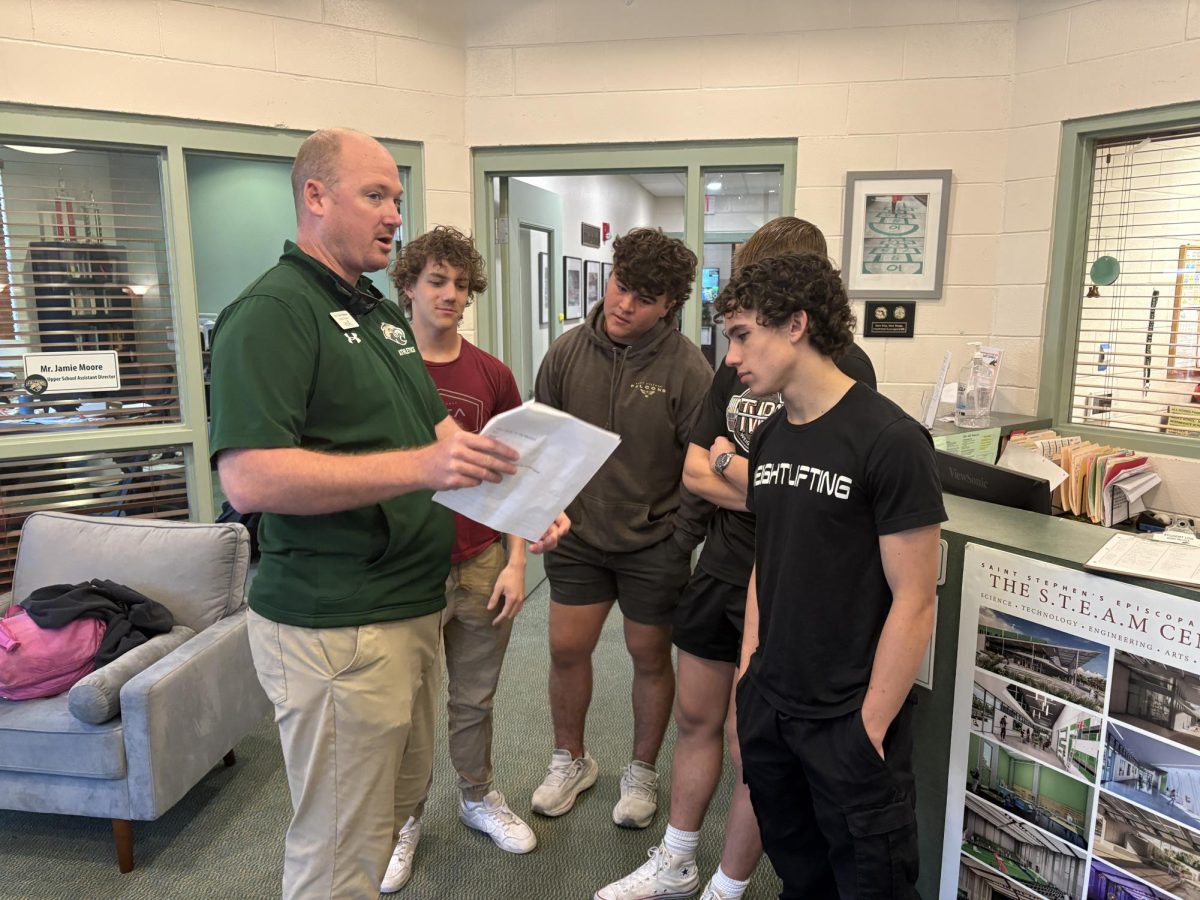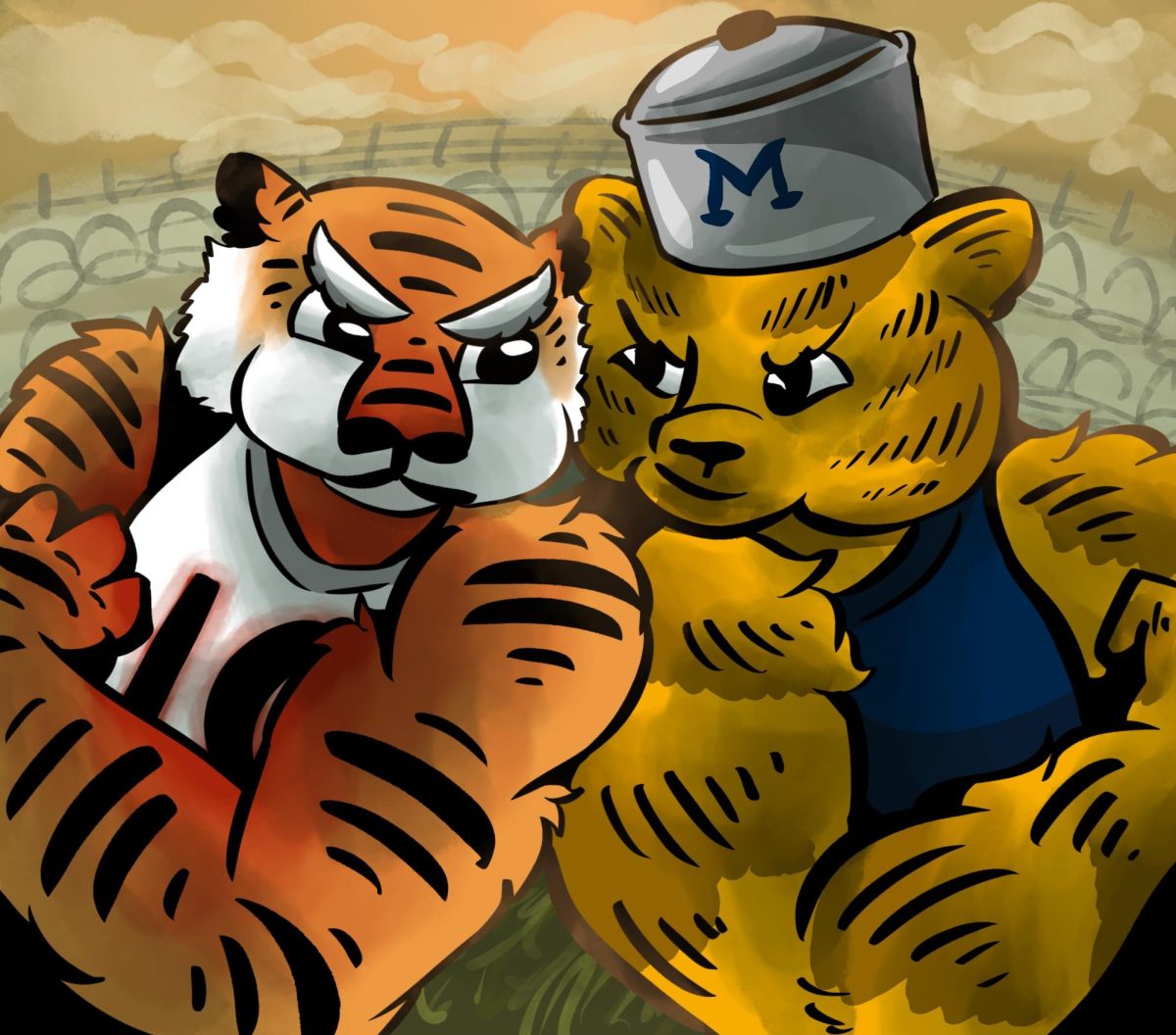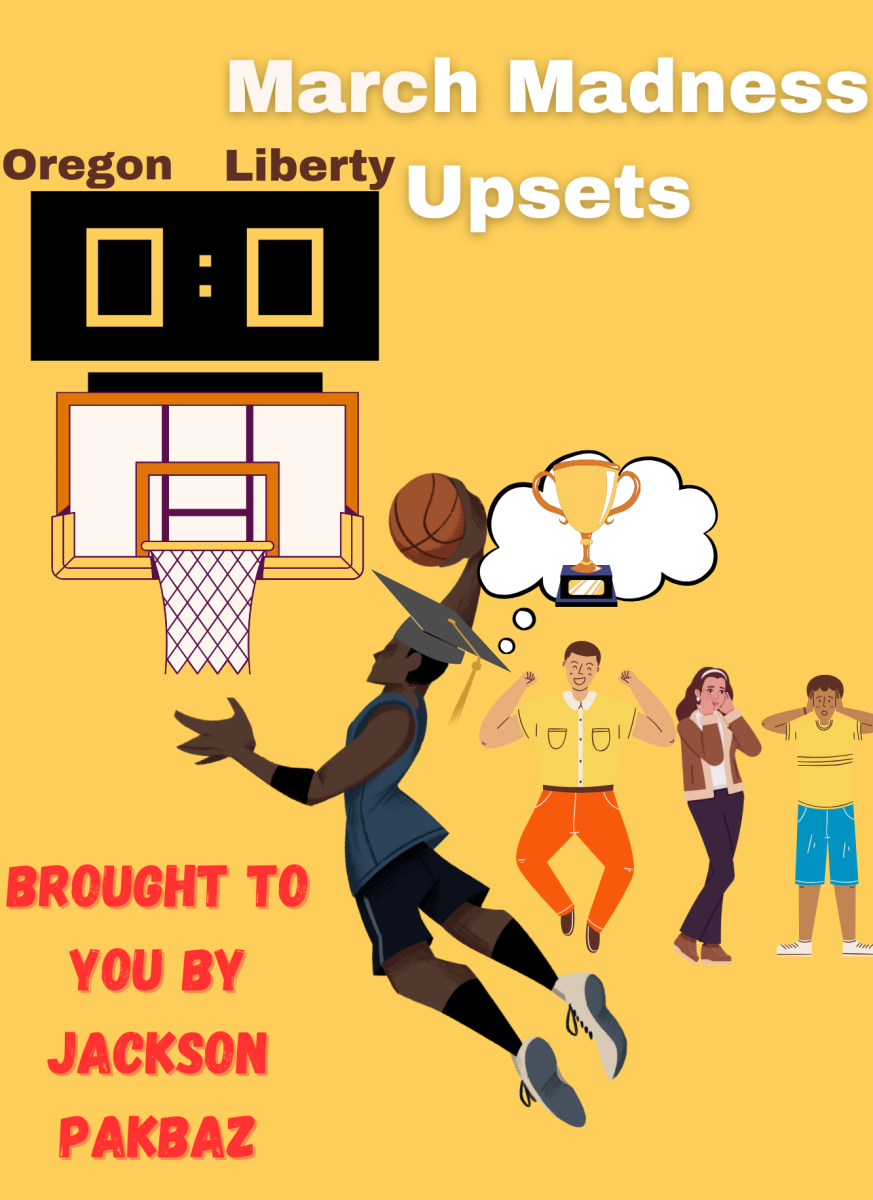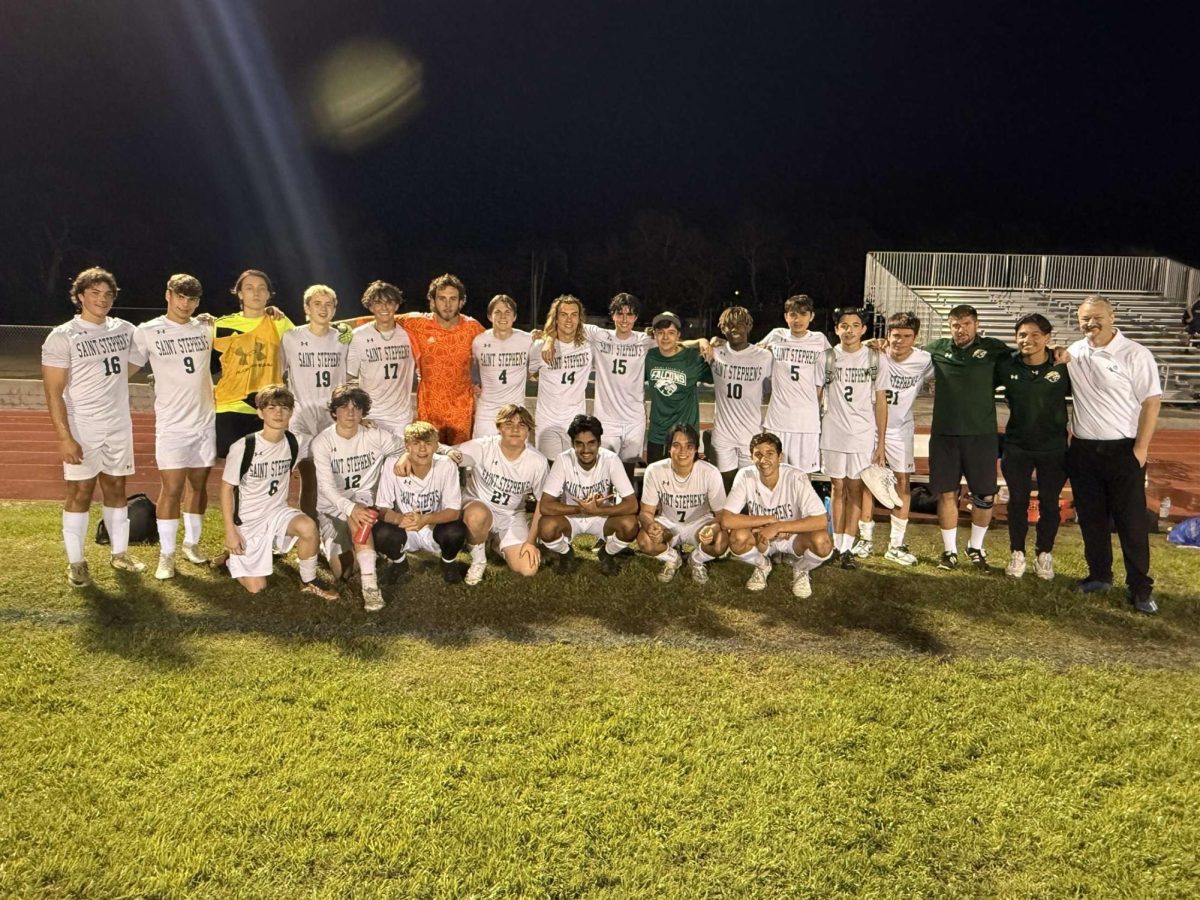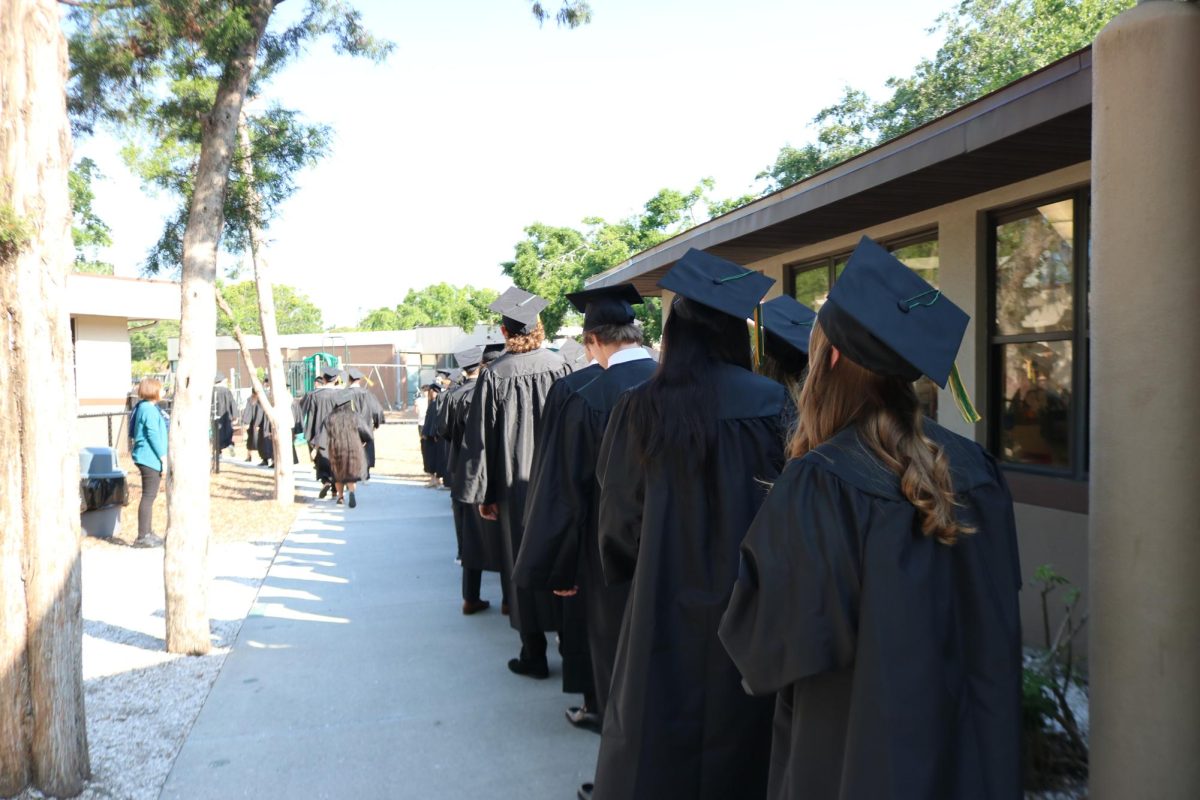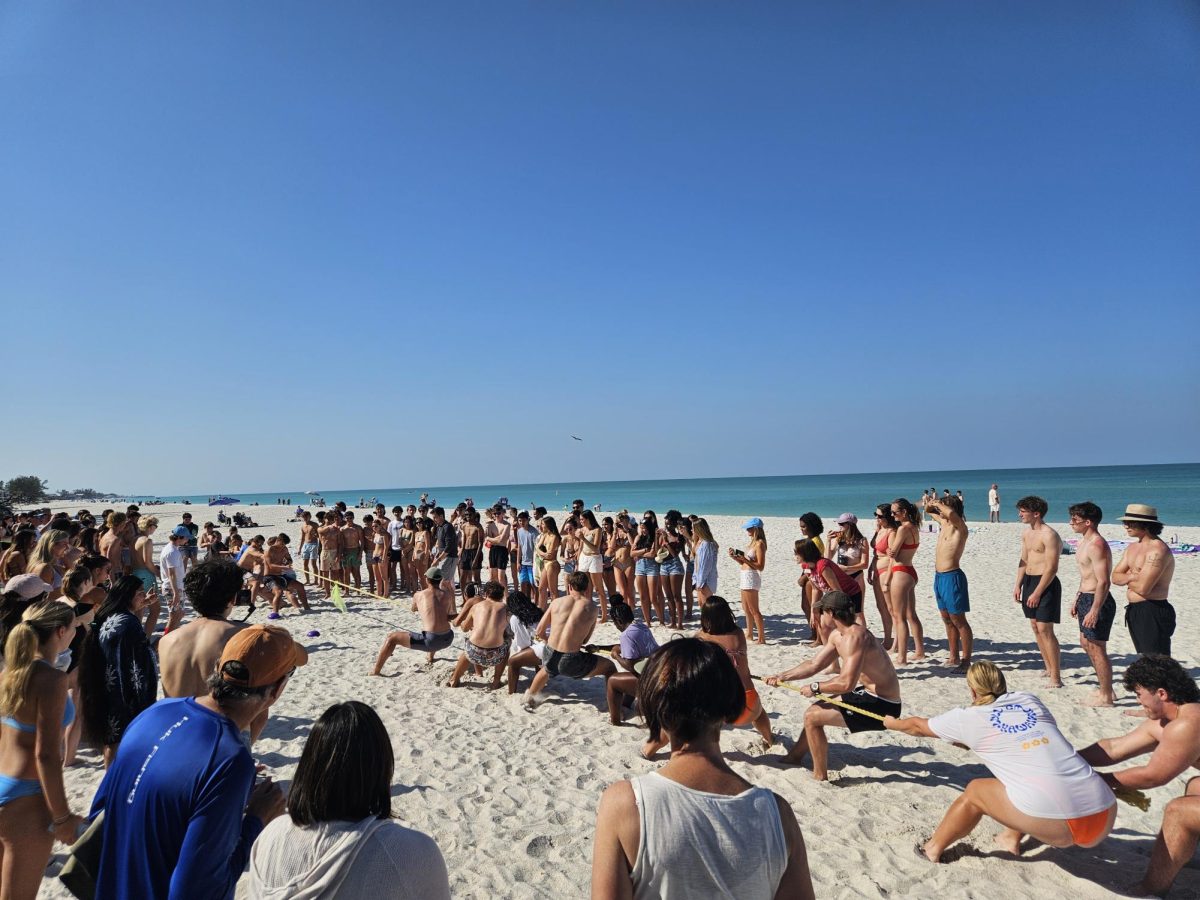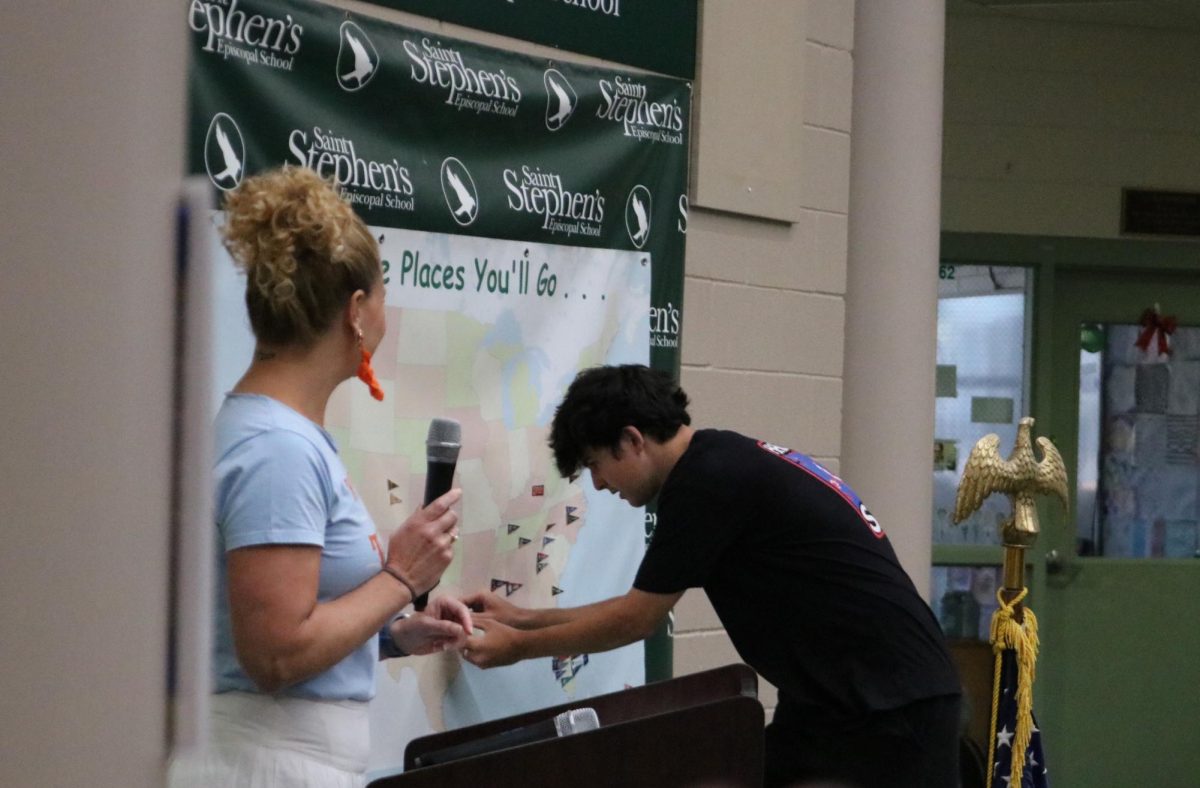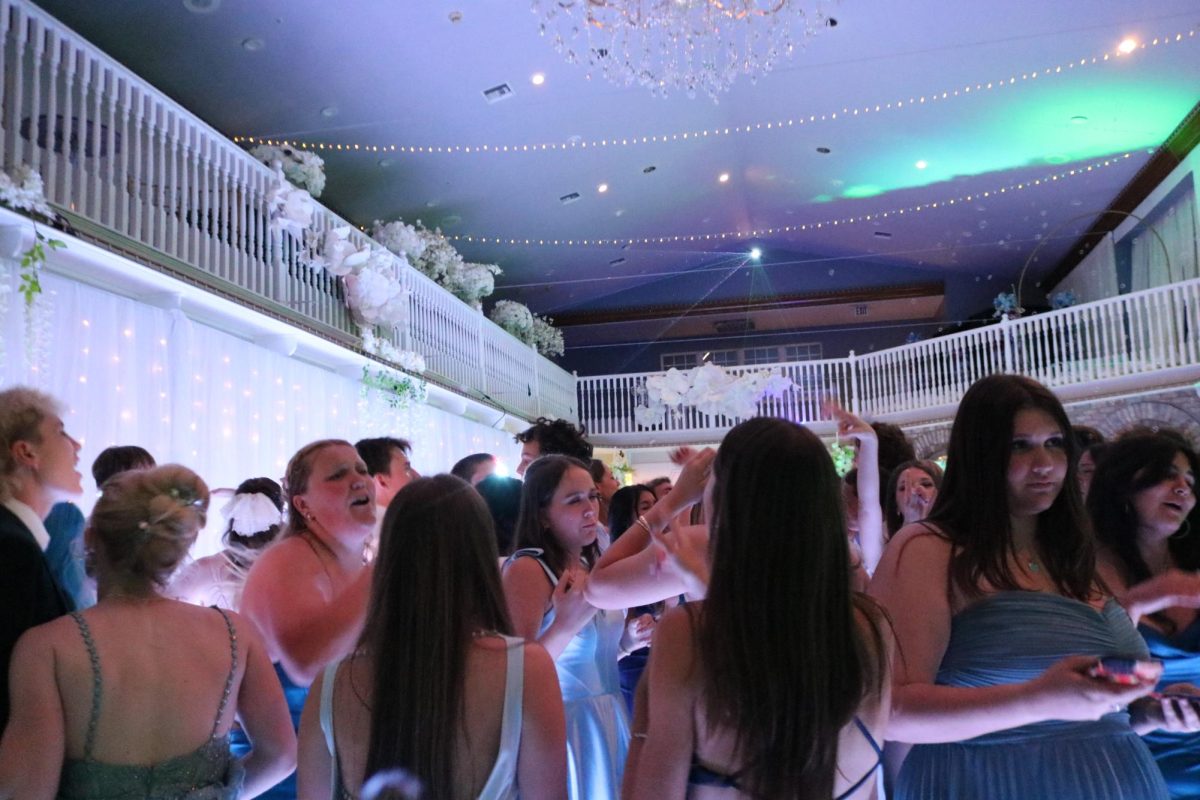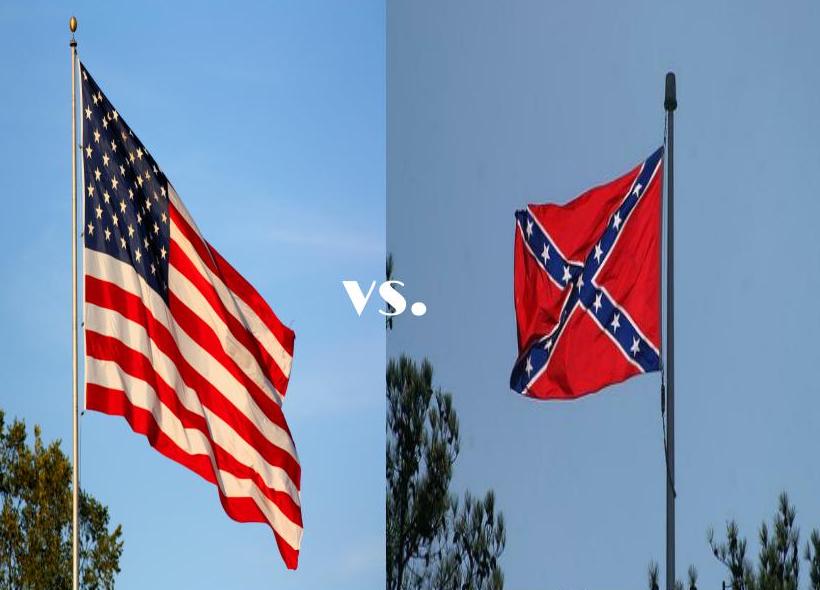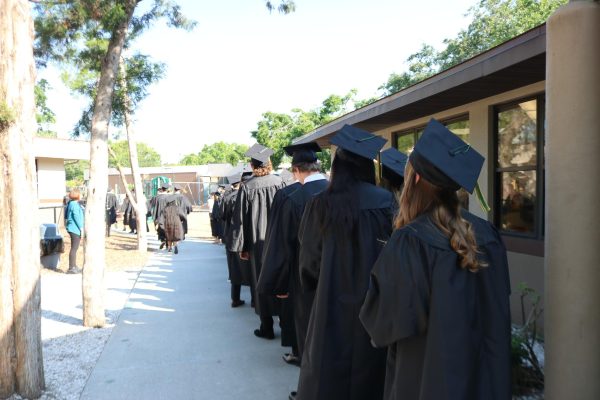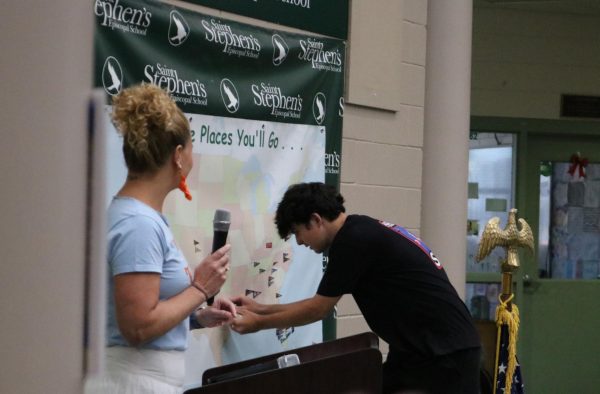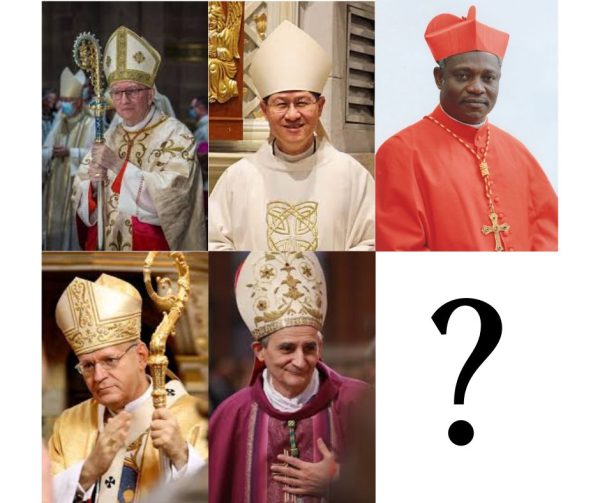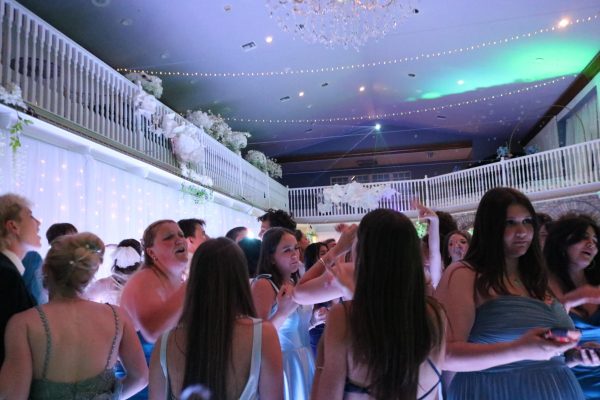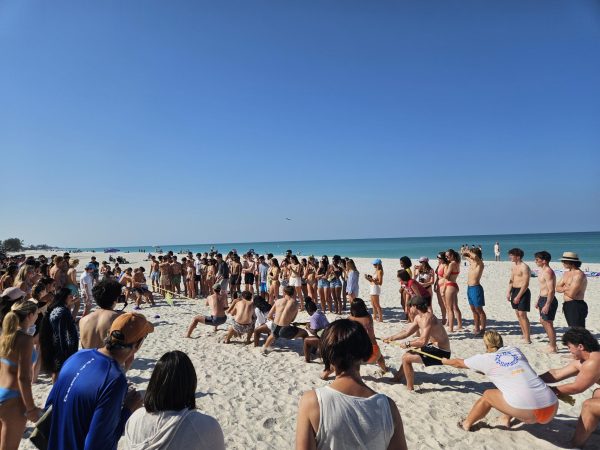How should you feel about the Confederate flag? Here’s the low-down.
The multi-layered debate about what communities should do with their Confederate symbols is making major waves.
September 15, 2017
![]() Loading ...
Loading ...
Have you ever wondered why a historical symbol like the Confederate flag causes so much controversy in the United States? Many US citizens take great offense to the flag, seeing it as a representation of brutal racism, neo-nazism, and a horrible time period in our country’s history. But it’s not just the flag that’s creating problems: Confederate monuments and statues all over the southern United States have become the catalysts for recent social and political discussions and uprisings nationwide. Even though the history behind the Confederate States of America has remained the same, the public’s interpretation of it has not. It is becoming a hot topic that requires people to get educated and take a stance. Here’s your opportunity to catch up on the the topic.
In November 1860, Senator Abraham Lincoln (R) was elected president of the United States of America. One component of his later agenda included emancipating all slaves nationwide. The South, having an agriculture-based economy, relied heavily on the forced labor of African-American slaves on plantations. Knowing that President Lincoln would abolish their slaves and that they would go out of business, seven states — Alabama, Florida, Georgia, Louisiana, Mississippi, South Carolina, and Texas — seceded from the United States. In February 1861, the secessionists created their own Confederacy, and they were then joined by Arkansas, North Carolina, Tennessee, and Virginia, all of whom were slave states. The goal of this Confederate government was to fight for the rights of the states to own slaves. It was an act of rebellion against the US government, but was not, from the Confederate view, solely an act to racially discriminate against the African-American population. In the context of the time period, it was their “way of life,” and they felt their liberty impinged upon.
Today, Confederate symbols are considered hateful and disgusting by a good chunk of both the United States’s population and the world as a whole. The Confederacy is perceived by these people as an group that was motivated by morbid racism. On the other side of the issue, it is argued that such symbols are important displays of our country’s history. The Confederacy fought for the rights of the states, whether or not their goals included maintaining legal slavery, and this movement is viewed as a crucial point in American history.
The controversy today is not merely a distant issue for our local population here in Manatee County. Sure, many people would point to the major recent outbreak in Charlottesville, where there were protest marches and mob scenes that involved injuries and even deaths. But Bradenton could face this problem just as easily: the Manatee Courthouse, a place that supports equal representation of each and every citizen, has a monument that is dedicated to the Confederacy placed out front. That’s part of the reason why this issue is so important on a local level, and why we felt it was necessary to get the opinions of people within our school community here at Saint Stephen’s.
After speaking with Mr. Yanelli, upper school social studies and history teacher, The Gauntlet learned that the issue is in fact a result of how United States history is interpreted.
Yanelli noted, “The issue of the Confederate flag is a very timely question because there is so much controversy today with regard to our history as it pertains to the institution of slavery and how that history translates into racial tensions today.” He added: “As a general matter, we must be both careful and thoughtful about the limitations that we put on freedom of speech. That said, to quote Justice Oliver Holmes, the principle of freedom of speech does not allow someone to ‘falsely yell fire in a crowded theater.’ We thus have to look at each controversy on a case by case basis and allow the Supreme Court to draw the line between what is and is not an acceptable form of free speech.”
In other words, he believes that it is important to take a look at how each individual case takes advantage of the Constitutional right to freedom of speech but that government should make the final decisions.
Mr. Whelan, also of the Social Studies department, remarked that the issue was “a topic of tremendous complexity and sensitivity.”
Whelan believes that looking at the purpose of the monuments is an effective means of determining whether or not they should be moved or taken down. “ Many of them were created and established in the re-energizing of white supremacy, specifically around the 1920s and the 1960s. If they were established to attract attention to the issue of white supremacy, then their placement today is problematic,” he said. Basically, Whelan understands how Confederate symbols established to promote white supremacist ideals are an issue today, and that they should be dealt with accordingly.
Finally, the Gauntlet spoke with Darragh Harkin, Junior, student in one of Ms. Murphy’s American Government classes. These classes have had the opportunity to take in-depth looks at the controversy surrounding the Confederate monuments, and students were able to formulate their own opinions on the matter.
Harkin said, “The monuments should not be removed because each citizen has the right to free speech, whether it is symbolic through flying the Confederate flag or through word of mouth.” He thinks that all citizens have the Constitutional right to freedom of speech and that these should not be infringed upon regardless. Thus, he does not believe that it would be right to move, take down, or destroy these monuments.
After learning about the history and hearing various opinions, what do you believe should be done?



